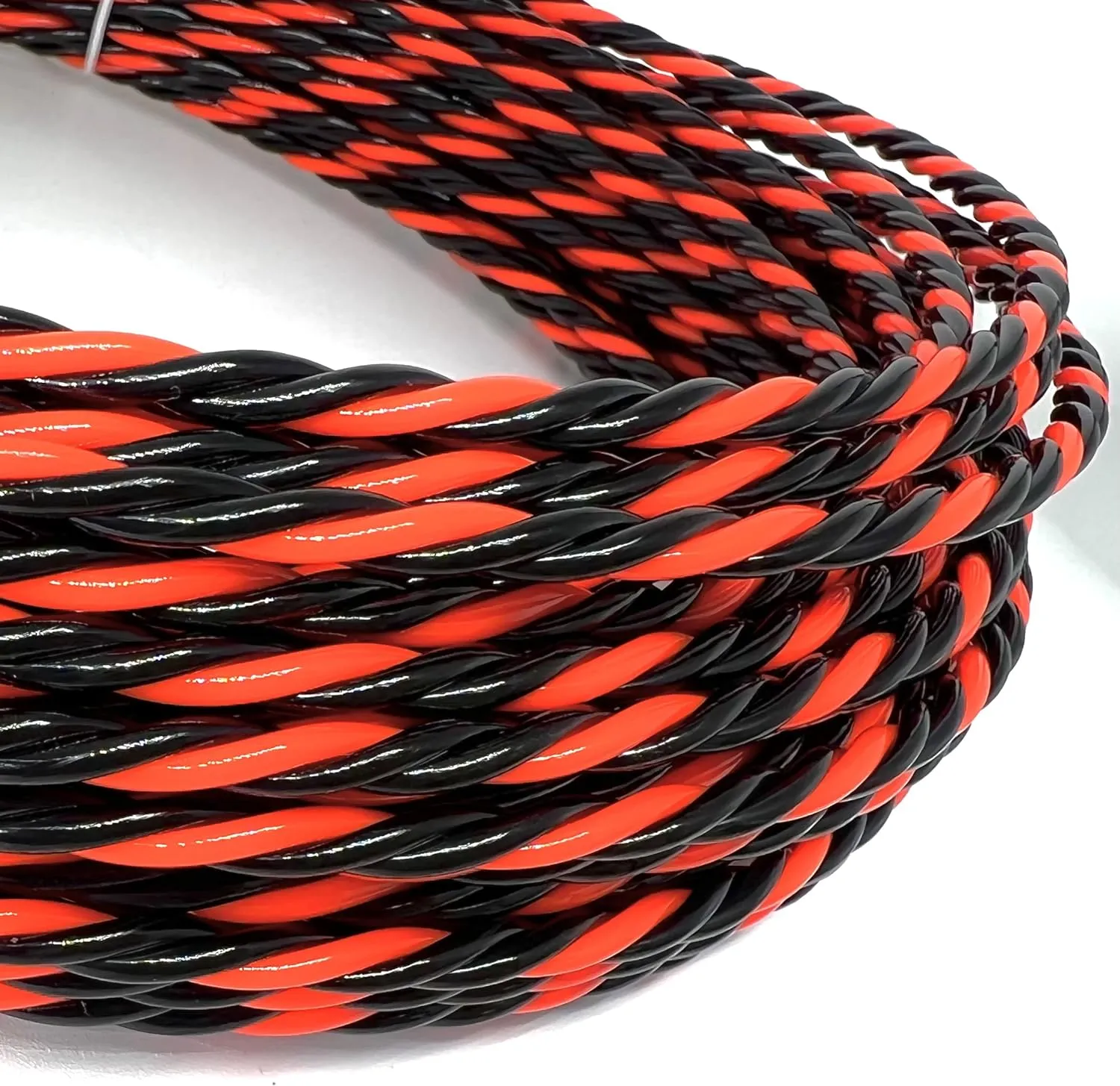
-
 Afrikaans
Afrikaans -
 Albanian
Albanian -
 Amharic
Amharic -
 Arabic
Arabic -
 Armenian
Armenian -
 Azerbaijani
Azerbaijani -
 Basque
Basque -
 Belarusian
Belarusian -
 Bengali
Bengali -
 Bosnian
Bosnian -
 Bulgarian
Bulgarian -
 Catalan
Catalan -
 Cebuano
Cebuano -
 Corsican
Corsican -
 Croatian
Croatian -
 Czech
Czech -
 Danish
Danish -
 Dutch
Dutch -
 English
English -
 Esperanto
Esperanto -
 Estonian
Estonian -
 Finnish
Finnish -
 French
French -
 Frisian
Frisian -
 Galician
Galician -
 Georgian
Georgian -
 German
German -
 Greek
Greek -
 Gujarati
Gujarati -
 Haitian Creole
Haitian Creole -
 hausa
hausa -
 hawaiian
hawaiian -
 Hebrew
Hebrew -
 Hindi
Hindi -
 Miao
Miao -
 Hungarian
Hungarian -
 Icelandic
Icelandic -
 igbo
igbo -
 Indonesian
Indonesian -
 irish
irish -
 Italian
Italian -
 Japanese
Japanese -
 Javanese
Javanese -
 Kannada
Kannada -
 kazakh
kazakh -
 Khmer
Khmer -
 Rwandese
Rwandese -
 Korean
Korean -
 Kurdish
Kurdish -
 Kyrgyz
Kyrgyz -
 Lao
Lao -
 Latin
Latin -
 Latvian
Latvian -
 Lithuanian
Lithuanian -
 Luxembourgish
Luxembourgish -
 Macedonian
Macedonian -
 Malgashi
Malgashi -
 Malay
Malay -
 Malayalam
Malayalam -
 Maltese
Maltese -
 Maori
Maori -
 Marathi
Marathi -
 Mongolian
Mongolian -
 Myanmar
Myanmar -
 Nepali
Nepali -
 Norwegian
Norwegian -
 Norwegian
Norwegian -
 Occitan
Occitan -
 Pashto
Pashto -
 Persian
Persian -
 Polish
Polish -
 Portuguese
Portuguese -
 Punjabi
Punjabi -
 Romanian
Romanian -
 Russian
Russian -
 Samoan
Samoan -
 Scottish Gaelic
Scottish Gaelic -
 Serbian
Serbian -
 Sesotho
Sesotho -
 Shona
Shona -
 Sindhi
Sindhi -
 Sinhala
Sinhala -
 Slovak
Slovak -
 Slovenian
Slovenian -
 Somali
Somali -
 Spanish
Spanish -
 Sundanese
Sundanese -
 Swahili
Swahili -
 Swedish
Swedish -
 Tagalog
Tagalog -
 Tajik
Tajik -
 Tamil
Tamil -
 Tatar
Tatar -
 Telugu
Telugu -
 Thai
Thai -
 Turkish
Turkish -
 Turkmen
Turkmen -
 Ukrainian
Ukrainian -
 Urdu
Urdu -
 Uighur
Uighur -
 Uzbek
Uzbek -
 Vietnamese
Vietnamese -
 Welsh
Welsh -
 Bantu
Bantu -
 Yiddish
Yiddish -
 Yoruba
Yoruba -
 Zulu
Zulu


Sep . 11, 2024 05:32 Back to list
Wire Rope Lever Hoist - Reliable Lifting Solutions
Understanding Wire Rope Lever Hoists A Vital Tool for Heavy Lifting
Wire rope lever hoists, often referred to as chain hoists or simply lever hoists, are essential tools in various industries where lifting and rigging are required. These robust devices leverage mechanical advantage to lift heavy loads safely and efficiently. They are particularly popular in construction, manufacturing, and shipping industries due to their reliability and ease of use.
A wire rope lever hoist typically consists of a strong wire rope, a lever arm, a ratchet mechanism, and a hook for attaching the load. The operation is straightforward as the user pulls the lever, it engages a series of gears that multiplies the force applied, allowing even a single person to lift substantial weights. The design ensures that the load can be controlled with precision, reducing the risk of accidents associated with heavy lifting.
wire rope lever hoist

One of the key advantages of wire rope lever hoists is their portability. Unlike large cranes or hoisting systems, lever hoists can be easily transported and used in various locations. Their compact design allows them to fit into tight spaces, making them an ideal choice for job sites with limited maneuverability. Additionally, they do not require electricity or external power sources, which adds to their versatility in outdoor or remote environments.
Safety is paramount when dealing with heavy loads, and wire rope lever hoists prioritize this aspect. Many models come equipped with safety features, such as overload protectors and automatic braking systems, which prevent mishaps during operation. It is crucial, however, for operators to be trained in the correct usage of these devices to ensure not only their safety but also the safety of those around them.
In conclusion, wire rope lever hoists are indispensable tools for anyone involved in lifting operations. Their mechanical advantage, portability, and safety features make them a preferred choice for lifting heavy loads across various industries. As technology continues to advance, we can expect further innovations in design and functionality, enhancing the efficacy and safety of these vital tools in both current and future applications.
Latest news
What Are Construction Tools and How Are They Used?
NewsJul.11,2025
Professional-Grade Duct Rodding Tools for Superior Cable Installation
NewsJul.11,2025
Enhancing Safety and Efficiency with Modern Hot Stick Solutions
NewsJul.11,2025
Empowering Cable Installation with Advanced Rodder Solutions
NewsJul.11,2025
Elevate Your Cable Installation Projects with Cable Pulling Tools
NewsJul.11,2025
Efficient Cable Handling Solutions: Cable Rollers for Sale
NewsJul.11,2025











